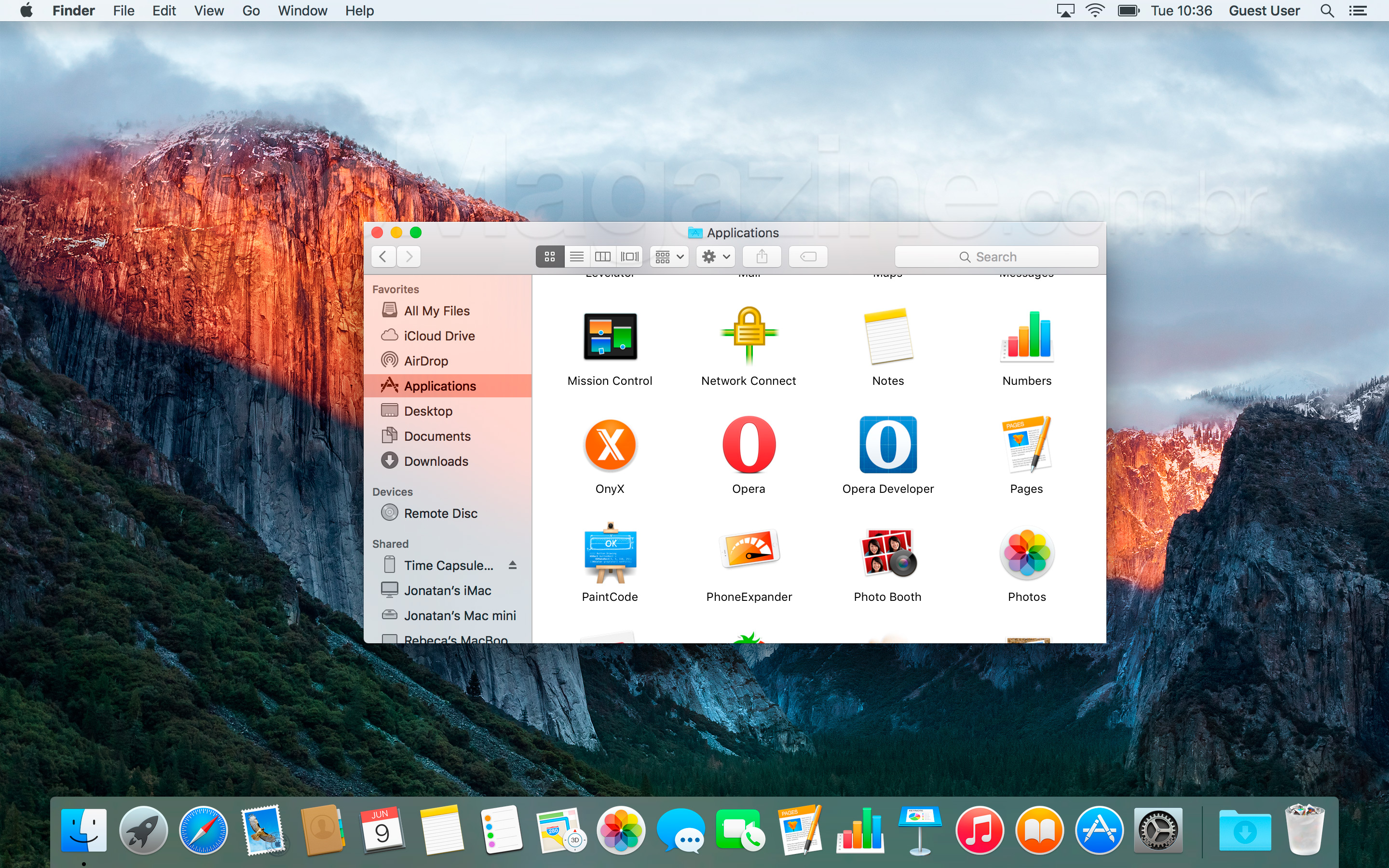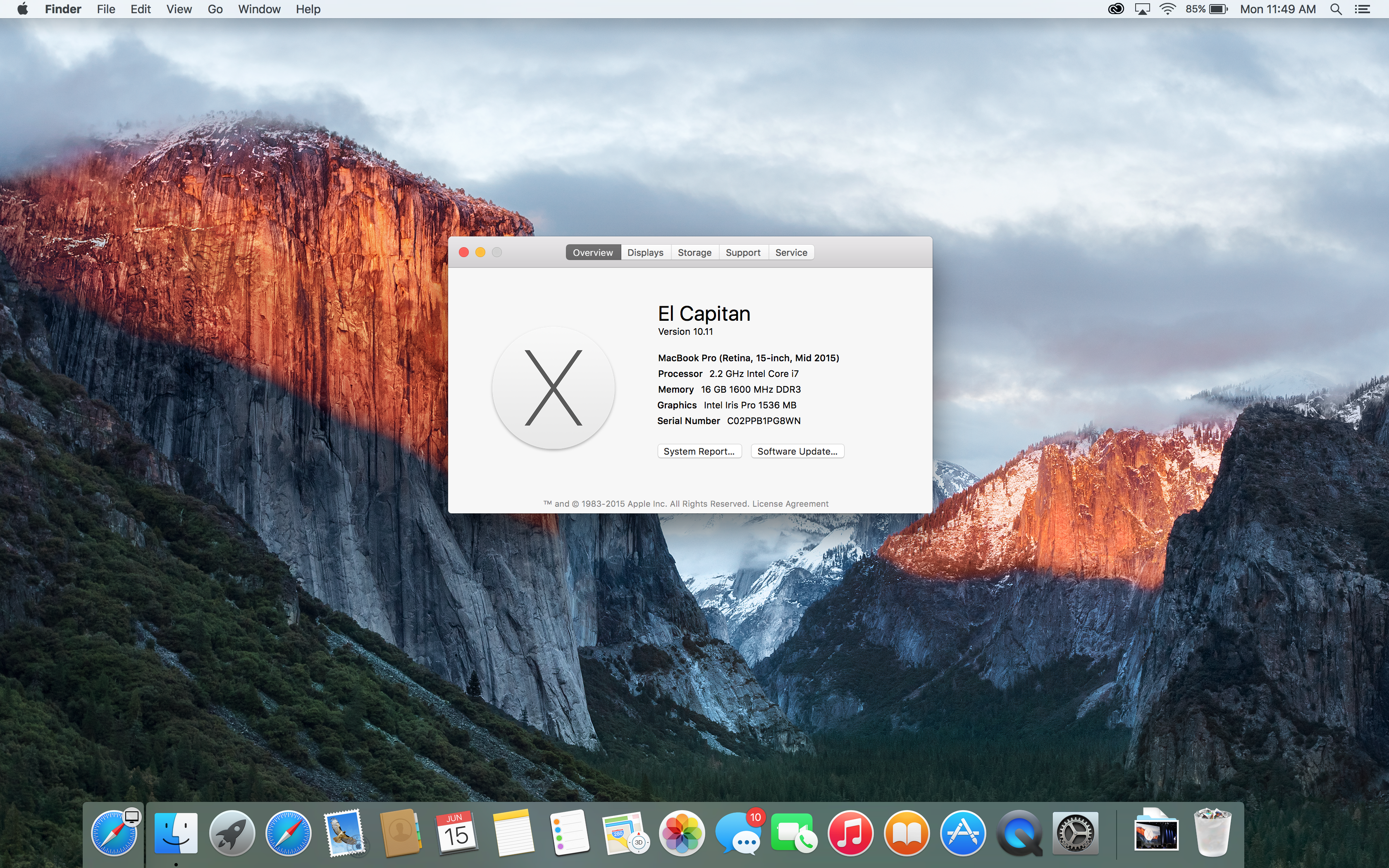

Overall exposure, contrast, and color changes were easy and effective. GIMP: GIMP’s Healing tool is easier to use than the Clone Stamp tool, but still requires that you select a source for each correction. This was meant to evaluate the apps’ localized editing features, including healing and cloning tools, as well as global picture corrections to a faded image. In this test, I removed blemishes from and corrected the picture of an old photo. Like in GIMP, I had to revert to a uniform border and a rasterized symbol, but Pixelmator’s border was cleaner than GIMP’s. I was able to re-create the drop shadow with more accuracy and leave the shape as a vector object. Pixelmator: Pixelmator came a little closer than GIMP did. Photoshop: Photoshop could easily replicate the logo, complete with all 3D effects and no loss in mutability.

I also had to convert the text and background shape into raster objects (which isn’t ideal because it makes changing text and font impossible). The part I was unable to replicate was the 3D effect on the command sign: I had to go with a uniform border instead. GIMP: I was able to use GIMP to almost re-create the logo. This was designed to evaluate the design-focused features of the apps by creating a simple vector design: the Ask Different logo we all know and love. So, on to the tests! Creating the Ask Different Logo In addition to the per-test metrics, I’ve included at the end several general metrics that don’t apply to a specific test but to the apps in general. The app with the highest score in a given test is deemed the ‘winner’ of that test. To be sure that they accurately reflect the most important elements of a successful app, I chose these metrics based on the mental comparisons I made while actually performing the tests.Įach app is given a score from 1 to 10 on each metric. The tests are designed to evaluate the apps’ capabilities and performance doing actual work, as well as give me a good idea of what it’s really like to use them.Įach test has a set of metrics assigned to it. To review and compare these apps, I came up with four real-world tests to put them through. Pixelmator is beautiful and a pleasure to use, performs very pleasingly, and has a respectable feature set. Pixelmator is relatively new, incredibly inexpensive, and has quickly gotten a good reputation. Photoshop CS5 is $700, Photoshop CS5 Extended is $1000. Photoshop is the archetypical ‘professional’ app: tons of features (some questionable), a usable-but-not-great UI, and a ridiculous price. Photoshop has been around for a long time, and is the industry standard. It has a reasonably good feature set, but doesn’t perform particularly admirably and has a user experience that is decidedly un-Mac-like. GIMP is free, open source, and cross platform. There are several leading apps in this category, but which is the right one for you? Is Photoshop better than GIMP? Is Pixelmator better than Photoshop? The Contenders GIMP 2.6 As someone who dabbles in both photography and graphic design, I spend a lot of time in graphics-oriented apps.


 0 kommentar(er)
0 kommentar(er)
